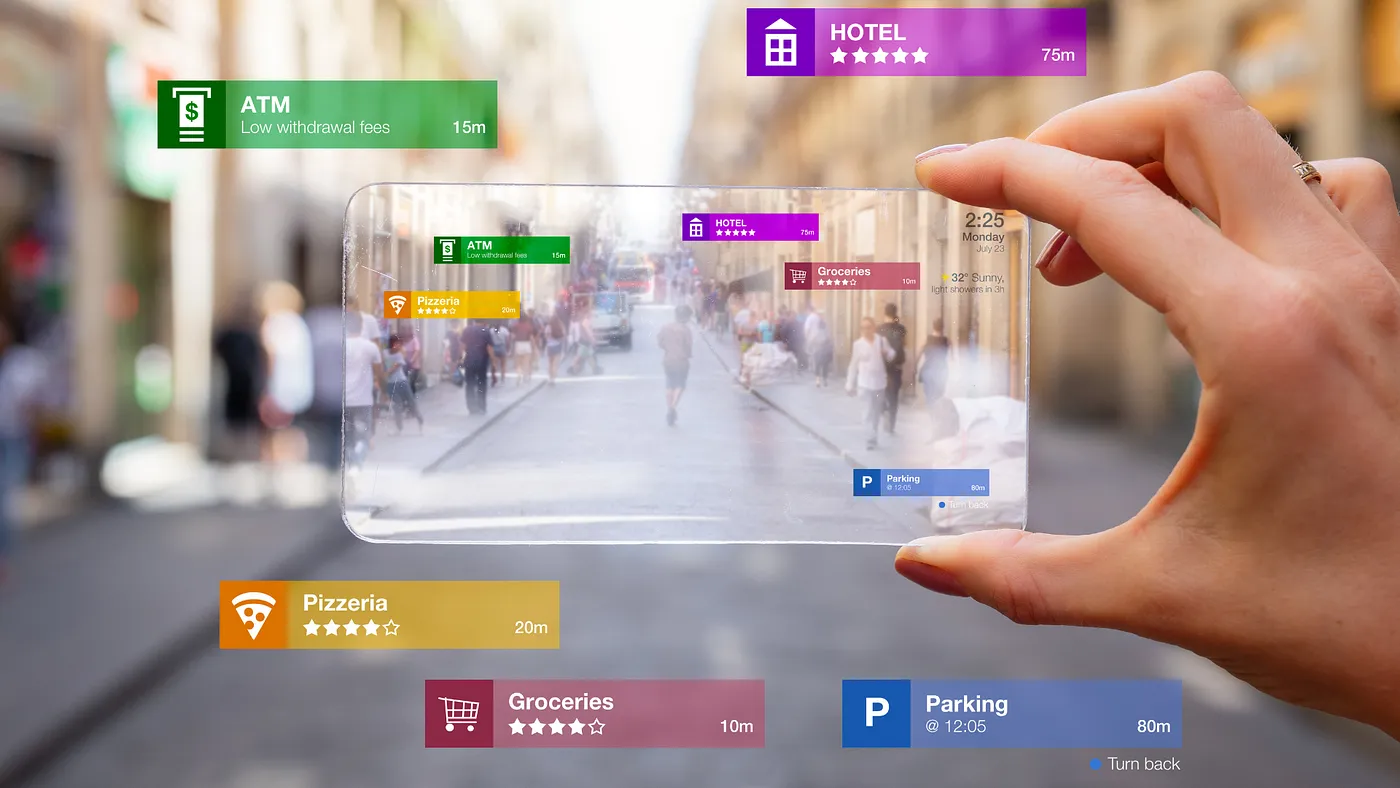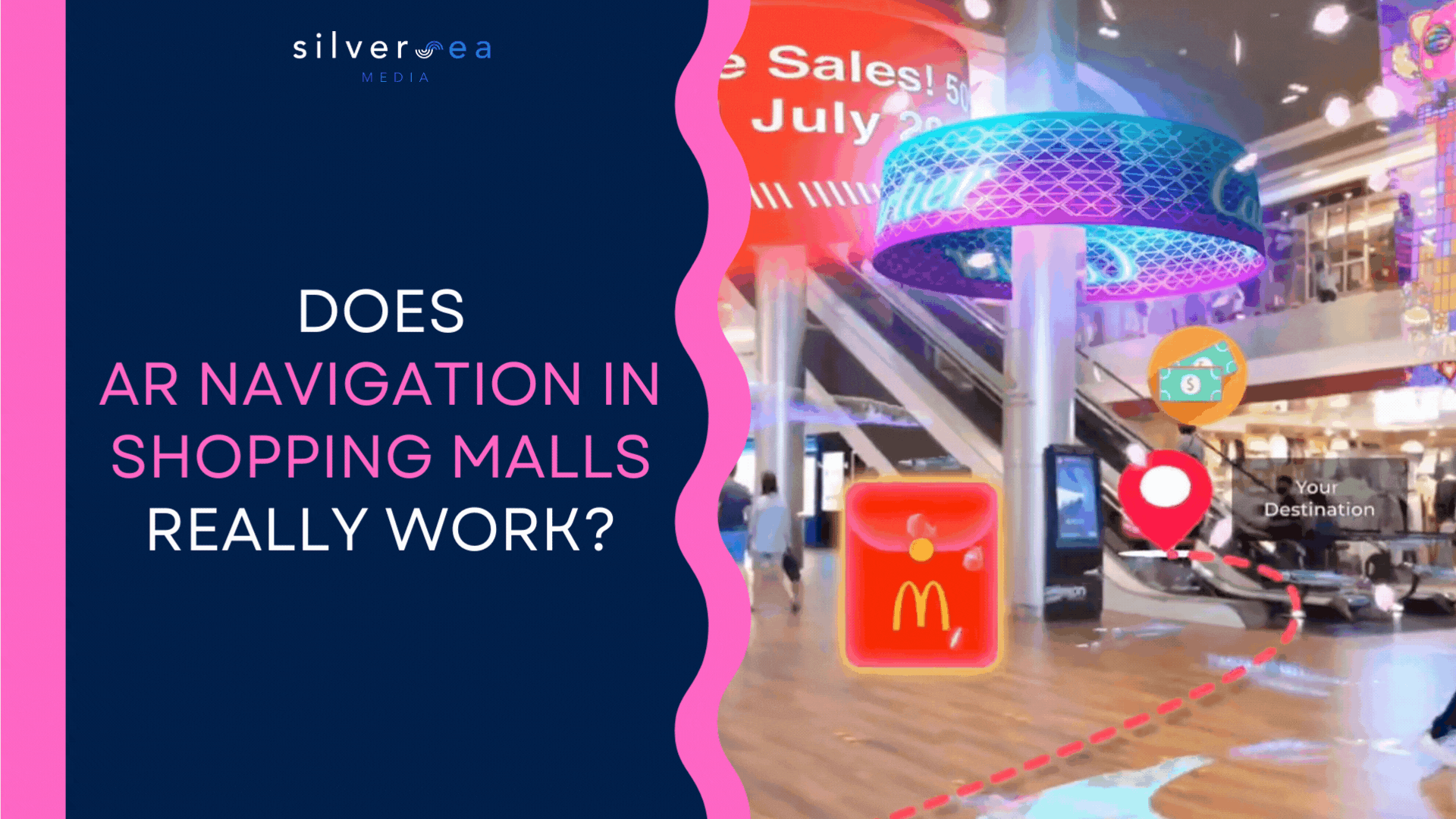Introduction
Augmented reality (AR) and the Metaverse are two technologies poised to transform how we interact with digital content and each other. AR is a technology that “augments” the real world through a screen. It is used to show interactive digital elements such as 3D images, sounds, and text on top of real-world scenes. Meanwhile, the metaverse is a shared virtual space where users can interact with each other and digital content in a more immersive and interconnected way.
AR in retail opens new possibilities for retailers regarding customer engagement and improving the shopping journey. Customers who interact, customize, and engage with products are more likely to make the right purchase decisions. This is ultimately crucial for generating sales and retaining customers.
Immersive technologies like AR provide various benefits to retailers and brands implementing them. This blog will uncover several engaging ways to use AR in retail and what the future has in store for it.
The Power of Visualisation: How AR/VR is Helping Retailers Showcase Products in New Ways

AR Try-On
Customers can now choose what they want by virtually “testing out” appealing items. A virtual try-on solution provides a realistic simulation and digital visualization in real-time. It can be used to create 3D models of products that customers can view from different angles and in different environments.
These AR-enabled experiences allow customers to visualize what it would be like to own the actual product so that they can make more accurate purchasing decisions (and fewer returns).

AR Advertising
There are multiple ways to include AR in advertising campaigns. This technology allows any advertising media channels, such as billboards, buildings, or even the sky, to be transformed into AR animations and games.
For example, to launch the new Air Max lines in São Paulo, Nike introduced an AR experience accessible through a mobile website. Users just needed to visit the website and aim their phones at the sky to see AR clouds in the shape of Air Max sneakers. These interactive elements allowed users to buy the drops first-hand and watch product demos through music videos from local Brazilian artists.

AR Navigation
An AR app can help customers quickly find what they want in a store or a retail area. Using a super-imposed pathway solution, AR wayfinding provides directions on a screen overlaid on top of real environments seen through the phone’s camera. The technology will populate the live image with nearby points of attraction and 3D digital objects to make the journey more fun and engaging.

AR Product Display
Retailers can use AR technology to create interactive product demonstrations that allow customers to see how products work and how they can benefit from them. This can be particularly useful for products that are difficult to demonstrate in a traditional display.
An AR display can also be beneficial to businesses with limited floor space. For instance, a furniture brand can showcase its entire collection using high-quality 3D models. They can offer customers access to their entire inventory in a virtual format, expanding their product selection without the need for additional physical space.
Meanwhile, customers at home can use AR technology to see 3D furniture models from different angles and in different environments. This can help customers get a better sense of the size, scale, and style of the furniture before making a purchase.

AR Gamification
AR gamification in retail marketing works by combining the power of augmented reality with certain rewards to get people to complete specific tasks. Such rewards include points, levels, special discounts, or gifts.
Implementing AR gamification can transform engagement rates, providing an online experience that attracts repeat customers. It also encourages people to share your brand with others. When they get rewards and feel accomplished, they are likely to share the fun with friends and family via social media or mouth-to-mouth.

The Future of AR in Retail
According to the Snapchat AR Global Report released in 2022, 4/5 of brands who use AR say it helps to drive sales, acquire new customers, and drive performance metrics. In a survey by Retail Perceptions, 61% of shoppers said they prefer to shop at stores that offer AR experiences, and 40% would be willing to pay more for a product if they could experience it through AR.
The potential applications of AR in retail are vast and varied. By leveraging AR technology, retailers can create more immersive and interactive shopping experiences that drive customer engagement and loyalty, ultimately leading to increased sales and revenue.
In Conclusion
AR offers limitless solutions for shopping centres, malls, and retailers that can benefit all stakeholders. As AR technology becomes more sophisticated, it could play a key role in bridging the physical and virtual worlds, creating new opportunities for social interaction, commerce, and entertainment within the metaverse.
By enabling users to see and interact with virtual objects and environments overlaid onto the real world, AR could help to create an immersive metaverse experience where users can seamlessly switch between the physical and virtual realms. As AR technology advances and becomes more widely available, we can expect to see more retailers leveraging it to enhance the shopping experience and drive customer engagement and loyalty.
Want to stand out from the competition? Let’s discuss how AR/VR can drive your success. Connect with us promptly!
(Request a Demo)> https://www.silversea-media.my/contact-us/







